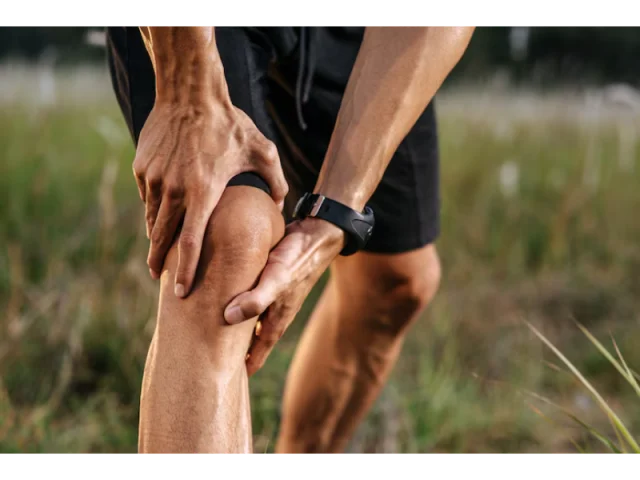Ankle sprain is one of the most common injuries seen in orthopedic emergency visits. People of all ages may experience this problem, and it can significantly affect daily life. Those who make sudden wrong moves during sports, walk downstairs, move on uneven ground, or wear inappropriate shoes are the most common patients. Treatment duration depends on the severity of the sprain, the patient’s age, overall health, and adherence to proper treatment. In this article, we will scientifically answer the question: How long does ankle sprain treatment take?
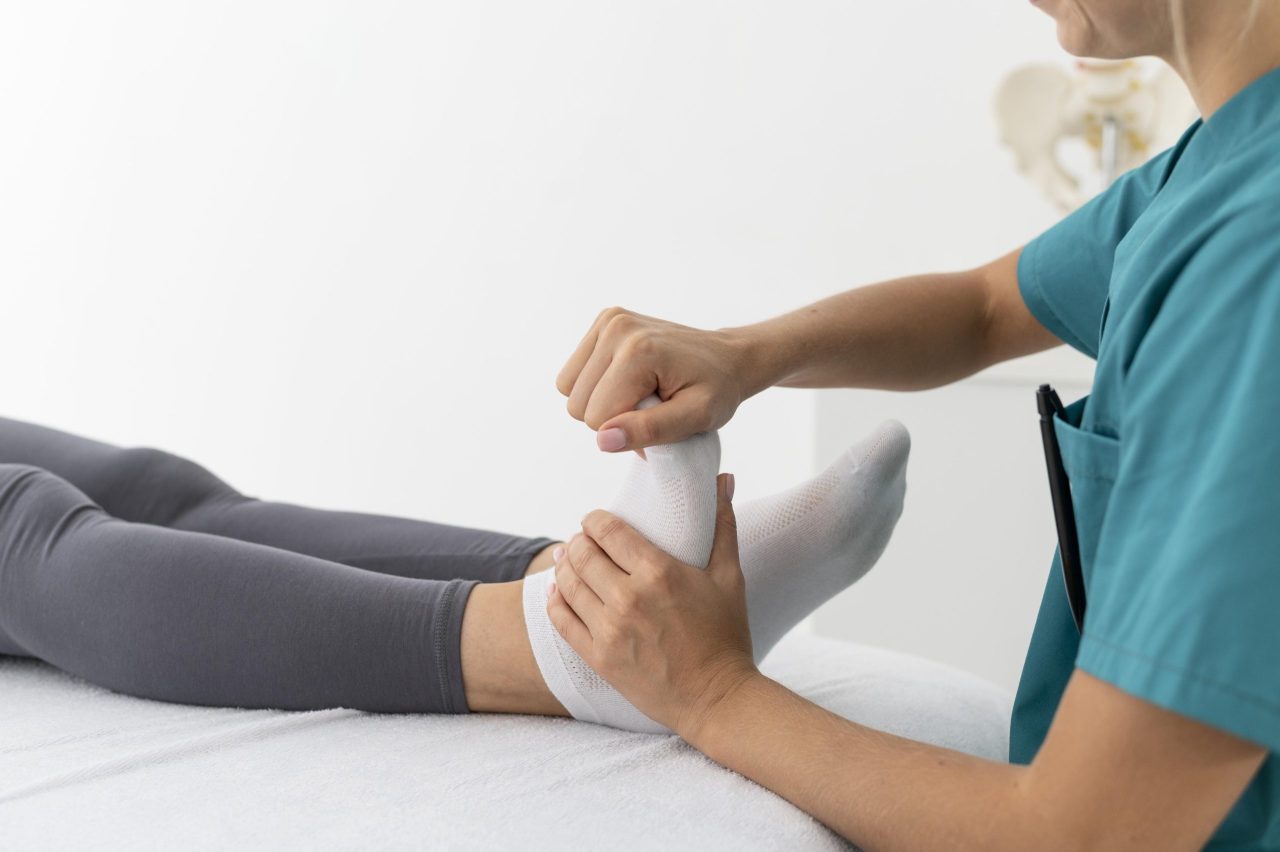
Table of Contents
- Causes of Ankle Sprain
- Symptoms of Ankle Sprain
- Degrees of Ankle Sprain
- Treatment Methods for Ankle Sprains
- How Long Does Ankle Sprain Treatment Take?
- Ankle Sprains in Athletes
- Permanent Problems After Improper Treatment
- Exercise and Rehabilitation Programs
- Preventive Measures and Daily Life Tips
- Recommendations to Accelerate Recovery
- Dr. Özgür Oktay Nar’s Approach
- Conclusion
- Frequently Asked Questions
Causes of Ankle Sprain
- Walking on uneven or unstable surfaces: Such grounds suddenly strain the joint and increase the risk of sprain.
- Sudden direction changes during sports: Sports like football, basketball, and tennis often involve such moves, which stress the ligaments.
- Wearing high heels or non-supportive shoes: Improper shoes disrupt balance and reduce joint stability.
- Muscle fatigue and lack of conditioning: Fatigued muscles cannot protect the joint well, raising the risk of sprain.
- Previous history of sprains: Ligaments are weaker in people with prior sprains, leading to a much higher risk of recurrence.
Symptoms of Ankle Sprain
The most common symptoms after a sprain include:
- Sudden and increasing pain
- Swelling and edema around the joint
- Bruising and subcutaneous bleeding
- Difficulty walking or inability to bear weight
- Limited joint movement
Mild sprains may show minimal pain and swelling. However, in severe cases, patients may experience intense pain that prevents walking.
Degrees of Ankle Sprain
Medically, sprains are classified into three degrees:
- Grade 1: Mild ligament strain. Minimal pain. Recovery usually takes 1–2 weeks.
- Grade 2: Partial ligament tear. Swelling and bruising are significant. Treatment takes 3–6 weeks.
- Grade 3: Complete ligament rupture. Walking may be impossible. Recovery may take months, and surgical treatment may be required.
Treatment Methods for Ankle Sprains
The first step in treatment is usually the RICE protocol:
- Rest: Avoid bearing weight on the injured foot.
- Ice: Apply regularly during the first 48 hours.
- Compression: Elastic bandages reduce swelling and protect the joint.
- Elevation: Keeping the foot elevated reduces edema.
In advanced cases, medical treatment, physical therapy, exercise programs, or surgery may be necessary. Proper treatment directly affects recovery time.
How Long Does Ankle Sprain Treatment Take?
The most frequently asked question is: How long does ankle sprain treatment take? The answer depends on the severity of the sprain and compliance with treatment:
- Grade 1 sprains: 1–2 weeks
- Grade 2 sprains: 3–6 weeks
- Grade 3 sprains: 2–3 months
Factors that prolong recovery include incorrect bandaging, discontinuation of treatment, and delayed rehabilitation.

Ankle Sprains in Athletes
Athletes experience ankle sprains more often due to sudden direction changes, running at high speed, and jumping. Their treatment duration must be planned more carefully. Returning to sports too early increases the risk of recurrence. Professional athletes undergo tailored rehabilitation programs.
Permanent Problems After Improper Treatment
Improperly treated sprains may cause chronic ankle instability in the long term. This leads to recurrent sprains and cartilage damage. Also, early weight bearing may extend recovery and cause persistent pain.
Exercise and Rehabilitation Programs
Rehabilitation is the most critical phase of treatment. Suitable exercises both accelerate recovery and reduce the risk of recurrence:
- Tiptoe raises
- Balance board exercises
- Stretching routines
- Resistance band strengthening exercises
These should always be performed under the supervision of an orthopedic specialist or physiotherapist.
Preventive Measures and Daily Life Tips
- Choose proper shoes
- Never skip warm-up and stretching
- Use ankle braces in recurrent sprains
- Strengthen muscles with regular exercises
Recommendations to Accelerate Recovery
Ankle sprain healing depends not only on medical interventions but also on lifestyle and treatment adherence. Healthy habits directly affect recovery speed. To shorten treatment time, patients should strictly follow medical advice. Nutrition, sleep, and physical therapy continuity also protect joint function.
Balanced Diet and Supplements
- Eat protein-rich foods (meat, fish, eggs, legumes, dairy) to support ligament repair.
- Consume vitamin C and collagen-rich foods (orange, kiwi, red pepper, bone broth, gelatin) to boost healing.
Avoiding Harmful Habits
- Avoid smoking and alcohol, which slow tissue repair and increase swelling.
Physical Therapy and Exercise
- Attend physical therapy sessions regularly to regain joint stability and prevent long-term complications.
Rest, Sleep, and Hydration
- Sleep at least 7–8 hours daily to allow tissue repair.
- Drink enough water to support circulation and reduce edema.
Supportive Products and Medications
- Use orthopedic insoles or ankle braces to reduce strain and prevent re-injury.
- Take painkillers and anti-inflammatory drugs only under medical supervision.
Patients who follow these guidelines recover faster, preserve muscle strength, increase joint mobility, and reduce recurrence risk. Lifestyle adjustments are thus an integral part of treatment.
Dr. Özgür Oktay Nar’s Approach
Orthopedic and traumatology specialist Dr. Özgür Oktay Nar applies a personalized treatment approach. Since every patient’s condition is different, diagnosis, treatment, and rehabilitation plans are individualized. Early diagnosis and appropriate planning prevent long-term joint damage.
Conclusion
The answer to How long does ankle sprain treatment take? depends on the severity of the injury, chosen treatment, and rehabilitation process. Mild sprains heal in a short time, while severe ones may last for months. Correct treatment and exercises accelerate healing and prevent recurrence. For detailed evaluation and reliable treatment, you may consult Dr. Özgür Oktay Nar.
👉 Visit our blog page to read other articles.

Frequently Asked Questions
1. How long does it take for an ankle sprain to heal?
Mild sprains: 1–2 weeks. Moderate sprains: 3–6 weeks. Severe sprains: several months.
2. When should I see a doctor after an ankle sprain?
If you have severe pain, intense swelling, or cannot bear weight, see an orthopedic specialist immediately.
3. Is treatment duration different for athletes?
Yes. Athletes require more intensive rehabilitation, and return to sports must be gradual.
4. Can recurrent sprains be prevented?
Yes. Strengthening exercises and proper footwear significantly reduce recurrence risk.
5. When is surgery necessary after a sprain?
Surgery is considered in cases of complete ligament rupture, severe instability, or persistent problems despite conservative treatment.











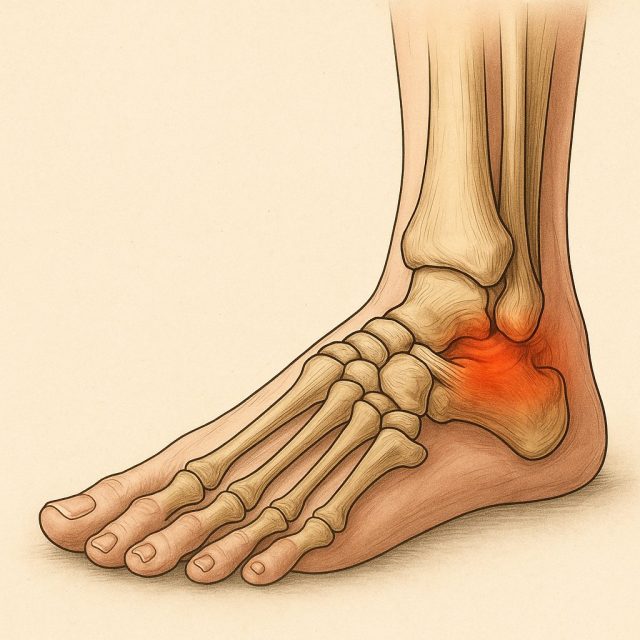

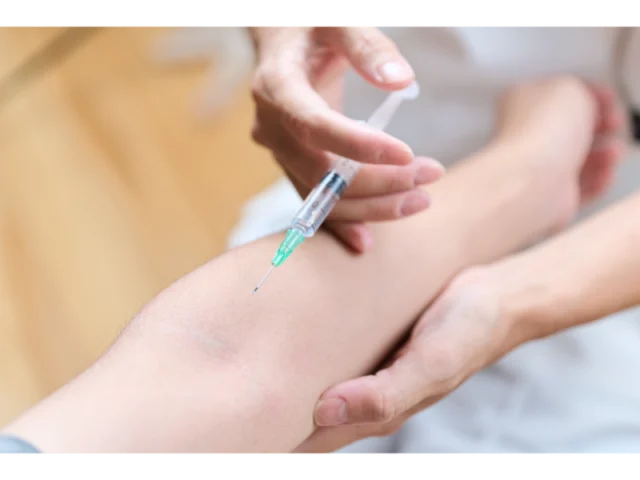
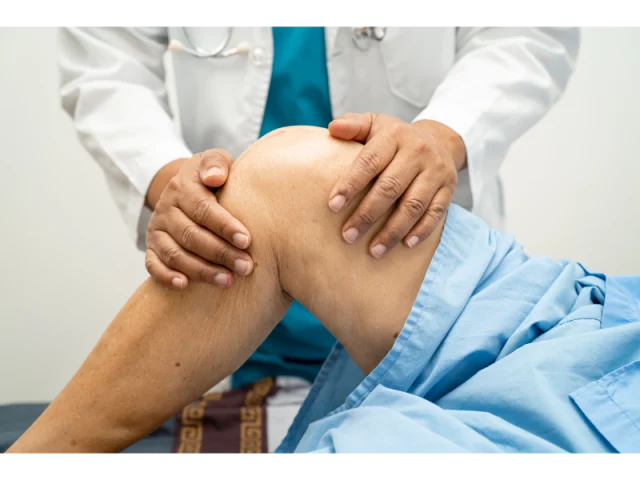








 Youtube Videolarım
Youtube Videolarım


